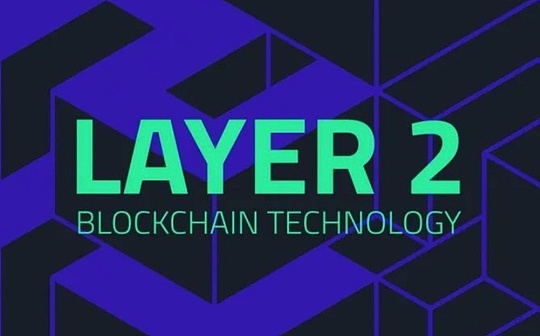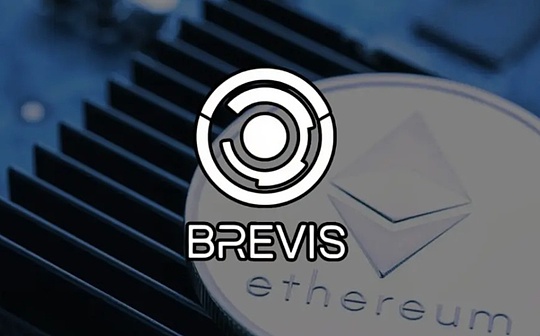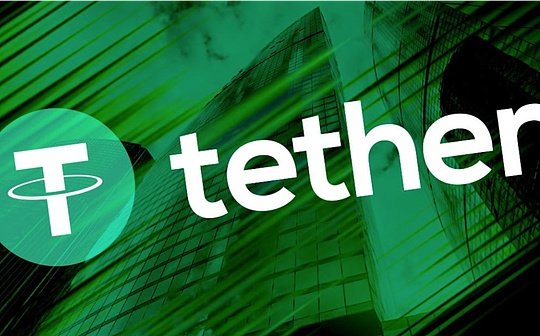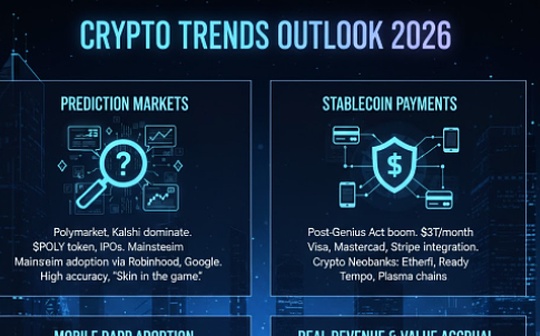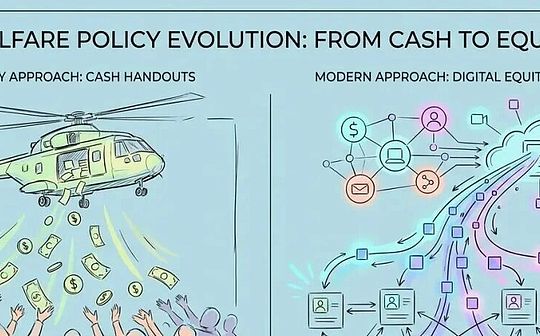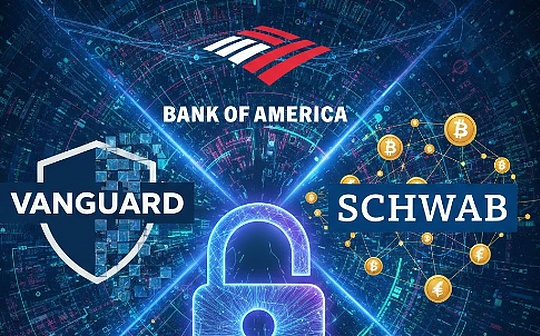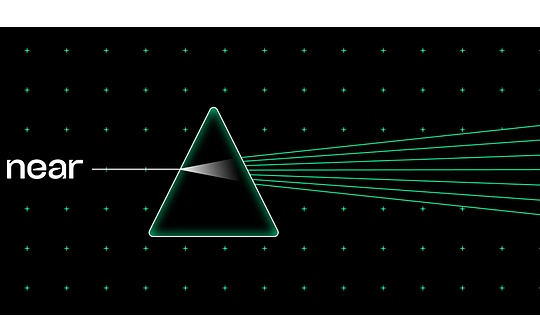
Written by: ILLIA POLOSUKHIN; Translated by: Shenchao TechFlow
Most Dapps today are not actually real Dapps (decentralized applications).If the user needs to leave the app to start using it, it is not actually an app, it is just a front-end.If users have to manually register and manage multiple accounts, Gas fees and bridges through the exchange, did you really build an application?I don’t think so, which may explain why there are only a few million people in the world using Dapp.
If we want to see Web3 become mainstream applications and we believe that a more open, decentralized Internet that supports everyone’s self-sovereignty is more beneficial to the world, then we need to do better.
The mainstream narrative of today’s Web3 is modularity, or separates the different functional layers of the blockchain for scalability, namely settlement, data availability and execution.Layer 2 solutions, Optimism and ZK rollup, data availability layer, sidechain and state channels are examples of modular solutions.
The increasing growth of blockchain and Rollup has led to a decline in user and developer experience.The modularity and the world of many chains has led to more liquidity, application and user fragmentation, and the user experience has become very complex.This also applies to developers who feel the pressure on a specific technology stack while limiting the audience of their applications.Now, when you build a Dapp, by choosing a single chain, you limit yourself to a niche market.
I want to propose a better vision for the entire Ethereum ecosystem and all Web3: Let’s work together to advance mainstream adoption through chain abstraction.The idea is that blockchains must be separated from users so that they do not become barriers to entry or participation.NEAR has been focusing on this vision since 2018 and has now become the network with the most users in Web3: 12.4 million monthly active users and 34 million total users.
Here is how we can attract billions of users and eliminate fragmentation of Web3 through Dapp.
What does this mean for users?
Let’s imagine what it would be like to use a Dapp: trade easily between different networks and browse different experiences using a single interface.For example, Alice picked up his phone and opened KAIKAI from the lock screen interface.She ordered a smoothie from her local store and saw in the app that Maison, her favorite clothing store, had a discount event, so she ordered a pair of spring shoes.Alice found herself earning enough KAICHING rewards to redeem badges in Maison, but she didn’t know it was an NFT on Polygon and redeemed it in her account.
When she browsed Maison in the KAIKAI app later that day, she noticed that a offer was shown on her new badge to buy tickets to exclusive events held with her favorite DJ in their store.She purchased tickets with KAICHING and received two tickets, but she still didn’t know that this was an NFT on Arbitrum.Because she had an extra place, Alice invited her friend Bob to come with her and asked for his address.
Bob sent Alice his NEAR address and opened his app to view tickets.He sent some ETH to Alice to show his gratitude for the invitation and looked at the different cryptocurrencies in his account.Since he was on the subway and had some time, he decided to buy some BTC and use USDC for collateral so he could cast a Fighting Dragon NFT on Magic Eden.His friend Charles previously sent him a message saying they could play in a new game on NEAR, where their dragons could fight each other and get tokens they could stake.
All these interactions and transactions can be performed in a single interface and are completely private.There is no wallet, no switch network, and no transaction fees to be processed; these are directly embedded in exchanges or purchases and processed by user representatives.Alice doesn’t need to worry about which network the ticket is on, Bob can send her the money for the ticket in any cryptocurrency he wants, and the next second he can easily buy another cryptocurrency.All happens in one application, and that’s the level of seamlessness we as an ecosystem should pursue.
How do we implement chain abstraction?
Everyone who builds an application in Web3 will benefit from having access to such a vast potential user market (as shown in this example), that is, anyone using the application.Today, however, developers choose networks based on access to liquidity or specific Rollup or chain users, but in the future of chain abstraction, they can simply choose the best technology to build.Users will appear for the best experience.
Imagine how unreasonable it would be if a Gmail user could not send messages to an Outlook address.The same is true for Web3 addresses.The core assumption of chain abstraction is that end users do not care about the underlying blockchain.They just want the app to work.In fact, blockchain is just an infrastructure to gain value from Web3: asset security is free from seizure, economic opportunities, elimination of transaction middlemen, global permissionless identity, data sources, entertainment experience, etc.
The core goal of chain abstraction is to solve the increasingly fragmented modular landscape of Web3.Although this is most obvious at the user experience level, liquidity and account fragmentation are only possible due to innovation in the security level.
Zero Knowledge (ZK) introduces a completely new approach to ledger security.In the past, people needed to trust a decentralized collection of validators, and now, even with only a single computer, it is possible to prove whether the rules are followed with simple proofs.This means that in the past, developers were either forced to build on shared chains or spent huge resources to start new chains, and now they can quickly launch a chain on their own single server.
This new paradigm introduces the concept of cross settlement: as more and more chains become fully proofable ZKs, there is no way to revoke this chain without the need to revoke others if some proof is published on other chains.chain.Transactions from one chain can also be settled on multiple other chains through ZK proof.This provides mesh security, as all proofs are continually aggregated, allowing the asset to be moved securely between these chains.
To achieve unified security, two things are needed at the bottom of the stack: data availability, providing everyone with a synchronized way even if the operator is offline, and providing a decentralized sorter for applications without a central operator.
The next level is the unity of identity and security.Users can have an address on all possible chains and freely move assets between them.From a user’s point of view, this should be a single account where they can interact with applications on different chains and assets are automatically bridged or exchanged.
I call it “account aggregation” and will share more details in another post soon.NEAR will launch the next version of FastAuth in March 2024, which has the ability to map NEAR addresses to EVM, Bitcoin and other addresses.A NEAR account can request a signature transaction for another chain.This allows them to build multi-chain applications directly in smart contracts on NEAR.
The last layer is the unified experience layer, or application layer (such as DapDap), which provides a way to interact with applications on different chains without the need for users to switch or leave a single interface.去中心化的前端可以提供易于构建的链抽象化组件。NEAR可以通过NearJS实现这一点,结合数据索引和去中心化前端——V2也将于2024年3月推出。
How to implement chain abstraction in NEAR?
自2018年开始,NEAR生态系统一直致力于链抽象化愿景,专注于可用性、灵活的帐户模型和可支持数十亿用户的主流应用程序的高度可扩展区块链。如今,该堆栈已经扩展到支持跨链和各种应用程序的全链抽象。
-
可扩展、集成的区块链,每日活跃账户数可增长至10亿+
-
安全聚合堆栈由 NEAR DA、zkWASM(与 Polygon Labs 合作)和 EigenLayer 支持的 Fast Finality 组成
-
在此基础上进行帐户聚合,以便使用单个帐户在所有链上进行交易
-
数据层支持从整体式、集成式、模块化、私有链和许可链到以可预测协议查询数据的所有内容。
-
Intent repeaters can use this infrastructure to perform complex intents across chains
-
The decentralized front-end provides discoverability and composability for multiple applications on multiple chains, building into an experience.
-
Super (app) wallet is user-friendly and provides a way to browse the entire Web3 without switching the network or handling Gas tokens and bridges.
Importantly, each of these layers supports builders from all aspects of Web3, including Ethereum, Rollup and L2, and the multi-chain future is becoming a future of chain abstraction.
at last
2024 is a year to hide the complexity of multi-chain infrastructure to deliver the Web3 experience we are working to achieve.Improving usability and discoverability should be the top priority for all Web3 builders while addressing liquidity fragmentation and security trade-offs.
Let’s abstract the chain into a movement.The NEAR ecosystem invites builders from all aspects of Web3 to leverage the solutions we provide and work with us to build more chain abstract solutions.

